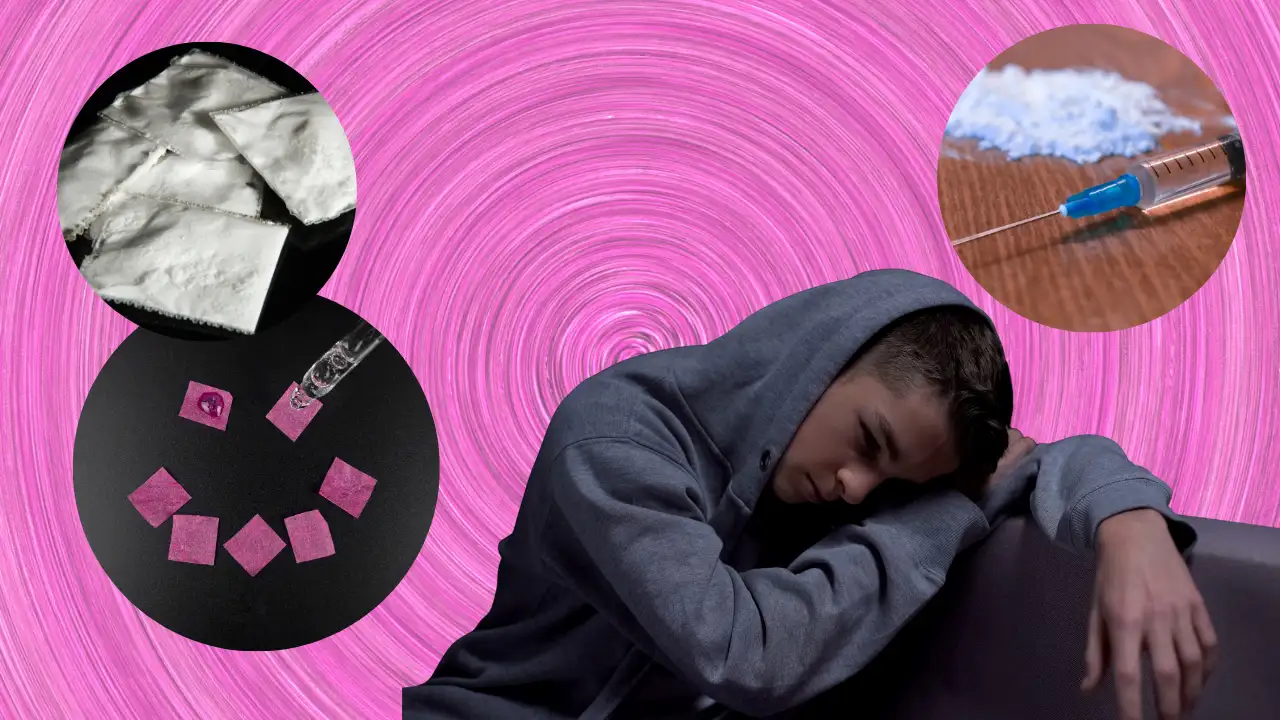By Supriya Ramesh
When American comedian Neal Brennan spoke to Joe Rogan about his experience with ketamine therapy for depression, he did not sound like a man who had just returned from a rave. “It felt like being in a pod… like a little boat, going through rooms with white breathing walls,” he said. He took it as a medication against depression. However, it is important to note how rapidly the digital world has blurred the lines between the pharmacy and the darknet. In a recent bust, India’s Narcotics Control Bureau (NCB) dismantled what they called “India’s most prolific darknet drug syndicate”. Codenamed “MELON”, the operation uncovered a network operated by an engineer, who was allegedly sourcing LSD and ketamine from a UK-based vendor. The syndicate’s digital drug den operated under the name “Ketamelon”, a nod to its ketamine-rich inventory. Officials seized 1,127 LSD blots, 131.66 grams of ketamine, and crypto assets worth Rs. 70 lakh. What is LSD? LSD, or lysergic acid diethylamide, is derived from a fungus that grows on grains like rye. It is known by many names—acid, dots, lucy—and is famed for its vivid hallucinations and mind-bending trips. As ScienceDirect outlines, LSD affects heart rate, blood pressure, and body temperature and can cause headaches, dizziness, and fatigue that last up to 72 hours. Yet in medical settings, LSD is considered relatively safe when administered with care. Psychedelic Therapy More importantly, researchers are uncovering its potential in treating conditions like anxiety, depression, and obsessive-compulsive disorder. It works by acting on the serotonin 2a receptor, similar to psilocybin (found in magic mushrooms) and DMT (the active ingredient in ayahuasca). The collective promise of these substances has even earned a name: psychedelic therapy. What is ketamine? Ketamine, too, has carved a dual identity. At lower doses, it triggers out-of-body sensations and hallucinations, earning its stripes as a favourite on the club circuit. But in the 1990s, researchers at Yale University began noticing its rapid-acting antidepressant effects. A landmark double-blind, placebo-controlled trial by the US National Institute of Mental Health in 2006 confirmed these findings, according to a report in PubMed Central. It is now being offered as a last-resort treatment for severe depression, often when traditional antidepressants fail. But Not Without Side Effects That said, it is no miracle cure. A study in the National Library of Medicine detailed ketamine’s darker side: addiction, amnesia, high blood pressure, impaired motor function, psychosis, and a particularly nasty side effect among chronic users—ulcerative cystitis, an inflammation of the bladder. Some experts believe adulterants in street ketamine are partly to blame. Meanwhile, LSD is not exactly safe either. While it is unlikely to cause life-threatening effects when used under medical supervision, outside that safety net, it can lead to convulsions, cardiovascular collapse, and terrifying psychological episodes. A Fine Line Between Therapy and Risk Controlled doses under expert supervision can unlock new paths in mental health care. Unregulated use, often enabled by the anonymous corners of the internet, can plunge users into chaos—medical, legal, or existential. So the takeaway is clear: drugs like ketamine and LSD are not inherently good or bad. They are powerful.
